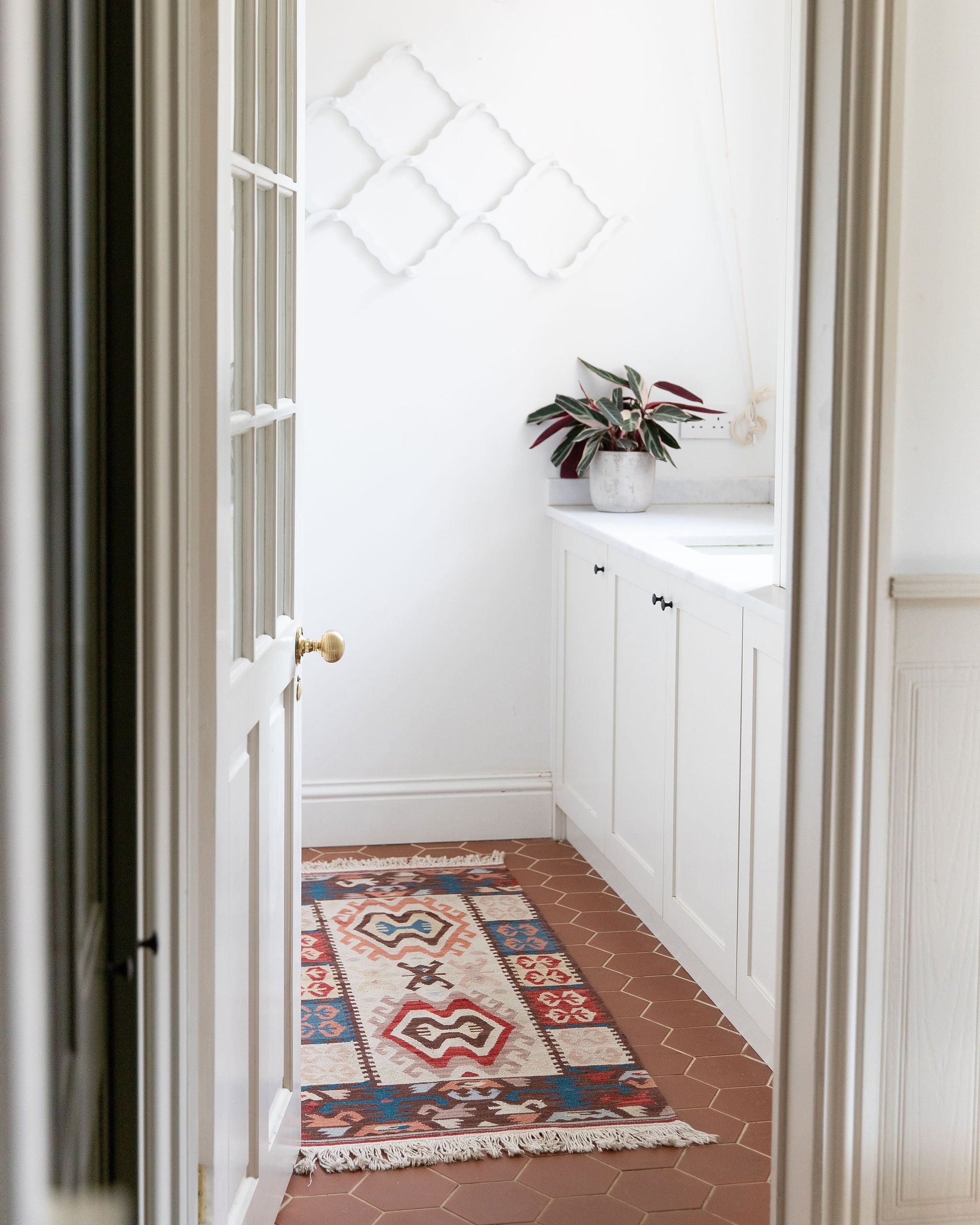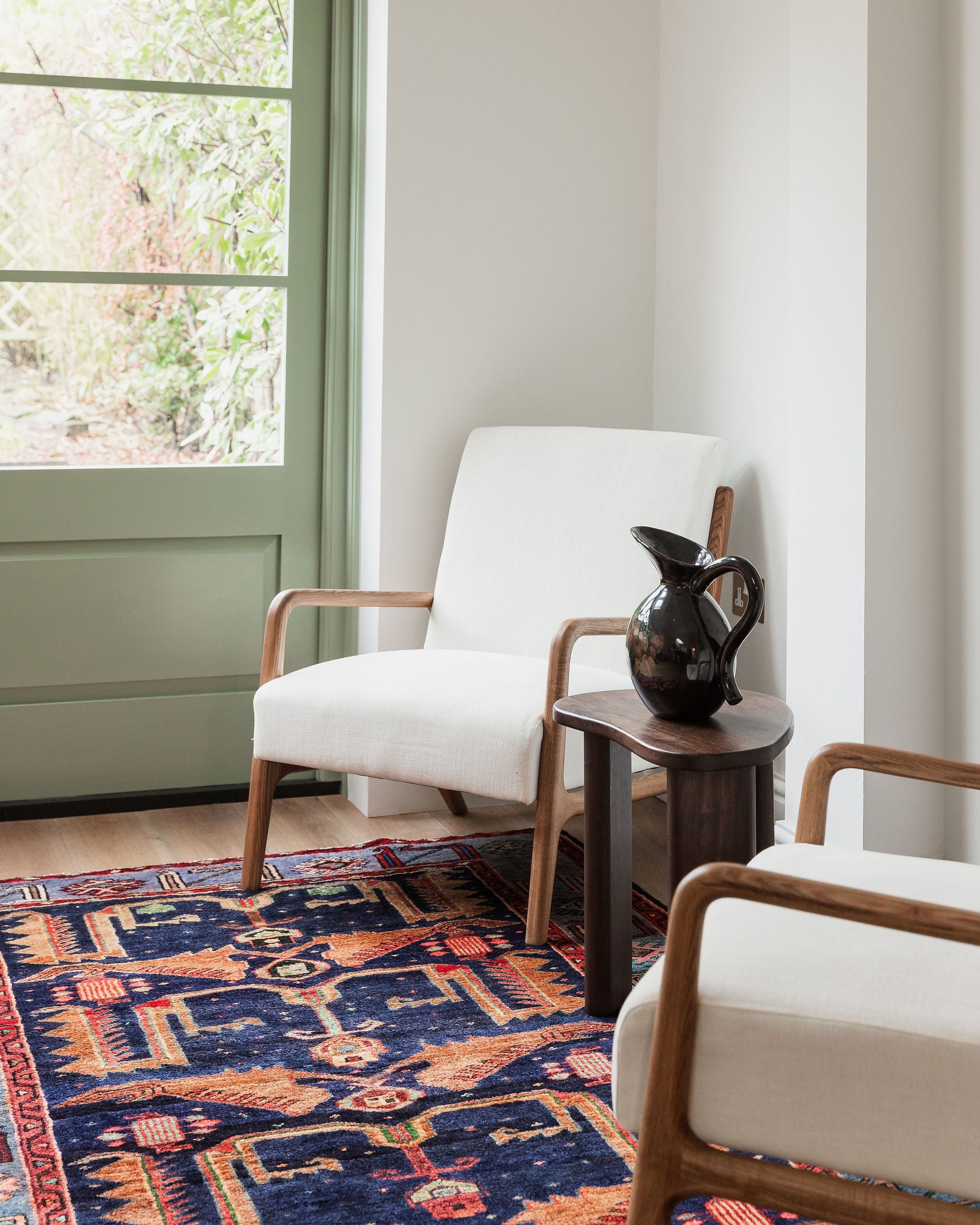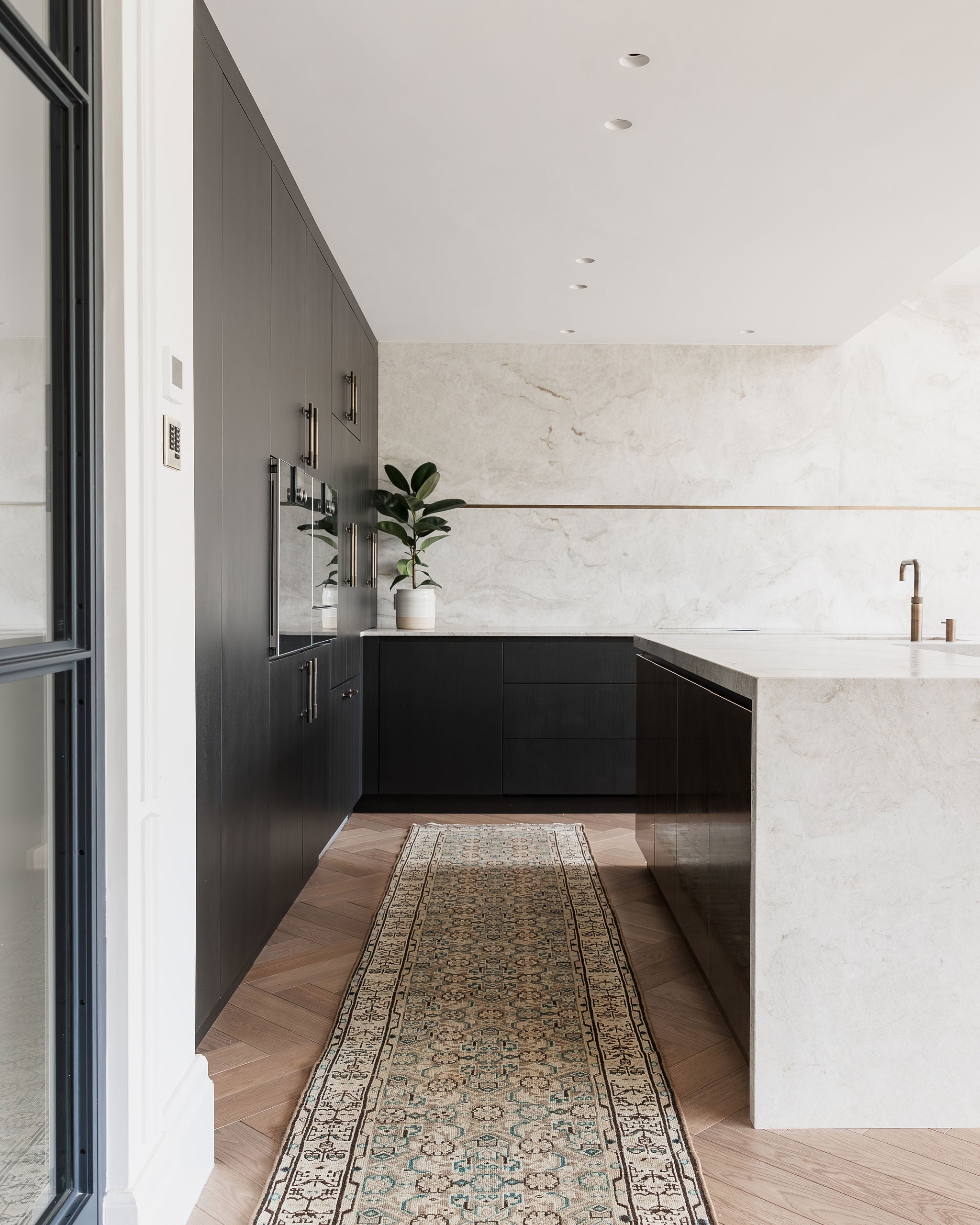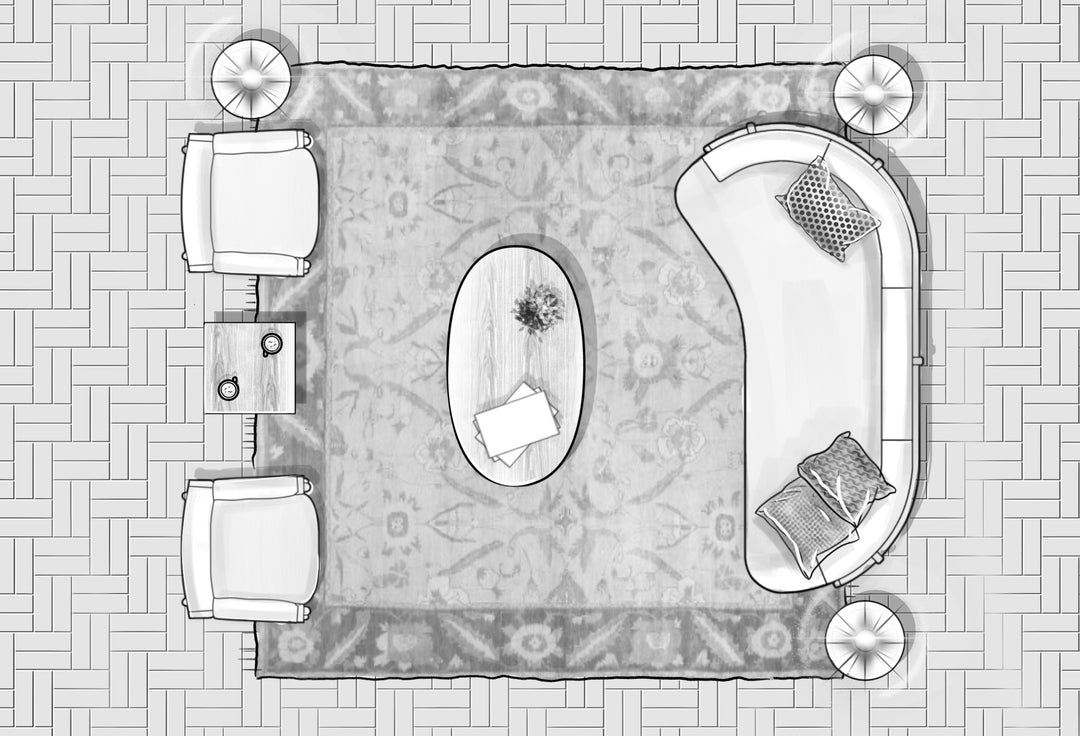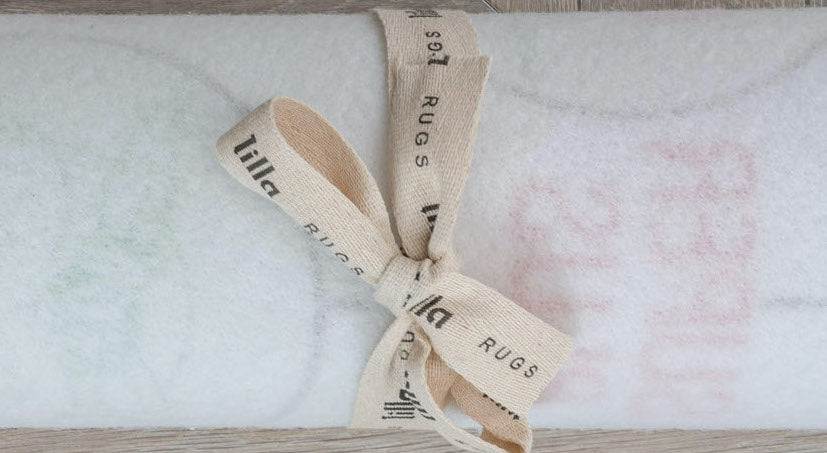So Tell Me, Why Are Persian Rugs So Expensive?

Image Credit - Pinterest
So as this post has been so popular in the past we thought we'd bring it back from the far depths of the Lilla Rugs Blog page, click here to go back to the original post.
Why are Persian Rugs So Expensive? In the world of carpeting, Persian rugs stand above all the rest. Understandably, many people ask why Persian rugs are so expensive. For what reason do some cost more than others? What is the distinction between the costly decisions and a Persian style rug in IKEA for example? Is it a wise venture? How would I know it merits the cash?
There are a significant number of answers to these questions, and I trust I can clear some of these up for you.
MATERIALS

Image Credit - Pinterest
A big factor that comes into play with Persian rugs and their cost is what material they are made from. There are several types of weave and material combination used for making these rugs. They are as follows:
Silk-On-Silk
These rugs are handwoven with a really fine, but strong, silk thread, with a silk foundation too. As the silk is so fine, it takes millions of knots to create the rug (which also takes longer to weave) and gives a really clear and detailed pattern. This also makes it much harder to create, so very skilled artisans work on the silk rugs. An analogy we often use is like watching normal TV and HD. The silk rug is HD. Clear, and life-like.
The village of Qum (Qom), in southern Iran, is the most well-known area for producing silk rugs, which is why most of them are named 'Qum Silk Persian Rugs'. How do you know if the rug is made from real silk? Manufactured silk doesn’t warm to the hand, so here's a little trick: rub the palm of your hand over the surface for several seconds, if your palm gets warm, the silk is real!
Combination Silk
Only certain parts of the carpet is made of silk while the foundation is made of wool or cotton. This adds a touch of HD to elements of the design, but not all of it.
Wool & Cotton
The majority of Persian rugs are made of wool and cotton. The wool can sometimes be ‘kork’ (an extra soft type of wool) or merino. These are really durable materials and 100% natural. Cotton is again finer than wool, so they take longer to weave than a 100% wool rug.
Wool
Carpets and rugs made of 100% wool are usually of tribal origin and among the comparatively affordable and heavier variants (although still extremely good quality) The tribes that made these rugs traditionally had no access to anything other than wool and wanted something to keep their families warm.
TIME

Image Credit - Financial Tribune
The one thing to recognise is that a Persian rug, and every Lilla Rug for that matter, are made entirely by hand. From the sourcing of materials to weaving each individual knot, it’s all done without the use of machinery. The result of this is time, particularly when creating a piece as intricate as a Persian rug. Some can take months, others years: this depends on how much time is spent weaving each day, the size of the rug and the materials used as well. The finer the materials, such as silk, the longer the process.
SIZE

“The value of an Oriental rug is determined by the same factors that set the value of any work of art: authenticity, rarity, quality & condition. Plus, they are like diamonds — the bigger they get, their prices shoot through roof!” CNBC
If a rug is created by a machine, it's unlikely that size will have an immense effect on the cost. The expense is setting everything up on the machine - the materials and the design. However, this is not the case with a handmade rug. Every centimetre you add to the size is another few hundred knots for that set of human hands to create. Thus the bigger it gets, the more time is needed, and so the cost naturally increases.
ONE OF A KIND

Image Credit (left to right) - Pinterest, House Beautiful
Every Persian handmade rug is unique and one of a kind, showcasing the artistry of the craftsman. No two will ever be identical, but occasionally a pair will be made at the same time, therefore, similar In colour and style. If you look closely, there are some distinct motifs and styles of the region and era it originates in, but the depiction will always be unique. Any exclusive item comes at a premium, meaning you will be owning a very singular piece of art. The singularity equates to rarity, and hence the price goes up. Machine-made rugs, on the other hand, are manufactured in the many – instantly lowering the value.
DESIGN

Image Credit (left to right) - Pinterest
There are hundreds of different Persian rug designs that usually derive from the city or village they were made in. Depending on where the rug was made will affect the value of the rug. For example, a Kerman, Tabriz, Nain, Isfahan or Kashan rug, with fully executed designs, fringe woven into the carpet and slight signs of wear, would be a high-value Persian rug.
INVESTMENT

If you look after a Persian rug well (keep footfall low, get it professionally cleaned every 5 or so years), it will at the very least maintain it's value, and sometimes it will go up in value as time goes on. When a Persian rug reaches about 30 - 99 years old, it goes into the category of 'Vintage'. Once the rug gets to 100+, it becomes at 'Antique' rug. The older some Persian rugs get, the more likely they are to become rare. Rare = high value.
It's significant to always ensure you seek specialist advice on what a rug is worth. Various things can mean that even an old Persian rug isn't worth as much as you thought it was. This could be down to washing with chemicals, too much direct sunlight leading it to fade, or lots of damage as it's been in a high traffic area for many years.
The list really does go on! Hopefully, this helps you understand what makes our Persian rugs so special. We'd love to hear from you, so If you have any questions, let us know. (otherwise, check out our FAQ section) Why not take the next step, keep your eyes peeled for next weeks post and read our starter guide to buying a Persian rug.
Did you like our post on why are Persian Rugs so expensive? Don’t forget to follow us on Pinterest and Instagram.


